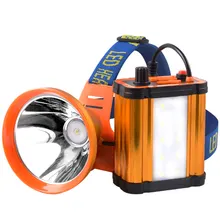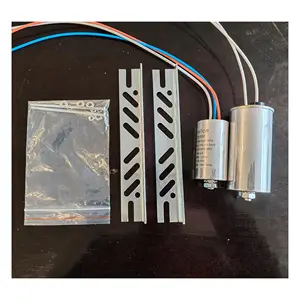Understanding Ballasts in Lighting Systems
Ballasts are essential components in various lighting systems, serving as the backbone for efficient and safe operation. These devices are crucial for controlling the voltage and current in a lighting fixture, ensuring that lamps and bulbs receive the right amount of power to start and maintain illumination without burning out prematurely.
Types and Applications of Ballasts
The type of ballast required depends on the lighting application. For instance, a ballast in a ship may differ from those used in commercial buildings due to the unique environmental conditions and power requirements. Similarly, a ballast train, which ensures the proper functioning of railway lighting, has specifications tailored to the demands of the transit environment. In horticulture, a grow light ballast is optimized for plant growth, differing from standard commercial ballasts.
Features and Materials of Ballasts
Modern ballasts, such as the class P ballast, are designed with advanced materials and features that promote energy efficiency and longevity. These ballasts are often preferred for their electronic circuitry, which eliminates the flicker and hum associated with older magnetic ballasts. The construction of a ballast, including components like the ballast keel or ballast line, is engineered to withstand the electrical loads and environmental conditions of its intended application.
Advantages of Upgrading Ballasts
Upgrading to a newer ballast can offer several advantages, such as energy savings and reduced maintenance. For example, replacing a magnetic ballast with an electronic one can enhance the performance of the lighting system, making it more suitable for environments that require stable and efficient lighting. The transition to electronic ballasts also supports the move towards more environmentally friendly practices, as they typically consume less power and have a longer lifespan.
Considerations for Ballast Replacement
When selecting a replacement ballast, it is important to consider the compatibility with the existing lamps and fixtures. Factors such as the physical size of the ballast, the type of lamp it will support, and the specific voltage requirements are critical. For specialized applications, such as those requiring a type P ballast or a clean ballast system, it is essential to ensure that the new ballast matches the technical specifications of the one being replaced.
Conclusion
In conclusion, whether in need of a ballast for general lighting or a specialized application like a ballast hole in marine environments, it is imperative to understand the various types and features of ballasts available. By considering the specific needs of the lighting system and the advantages of different ballast technologies, one can make an informed decision on the appropriate ballast replacement, ensuring the continued performance and safety of the lighting fixtures.






































 浙公网安备 33010002000092号
浙公网安备 33010002000092号 浙B2-20120091-4
浙B2-20120091-4